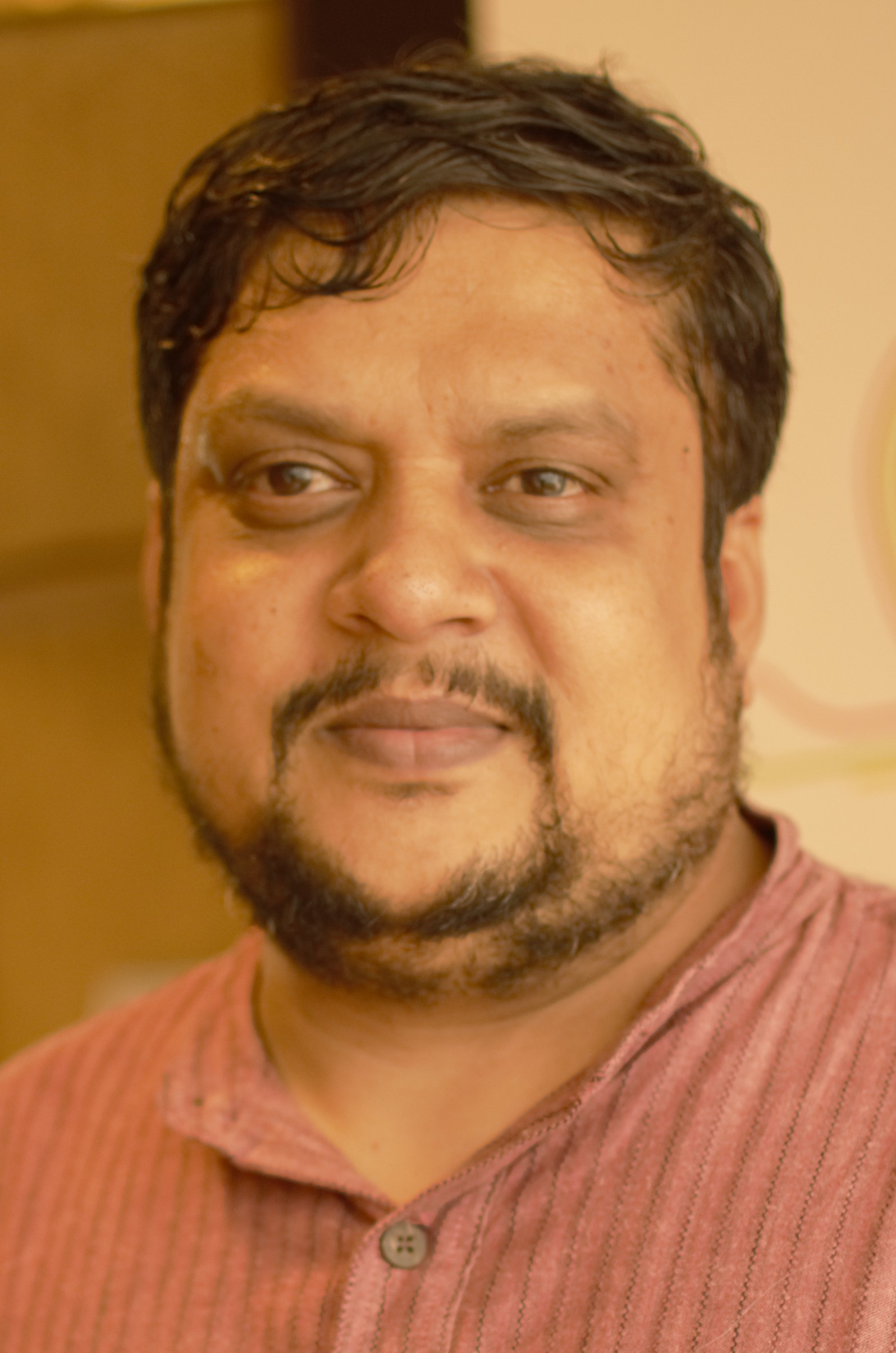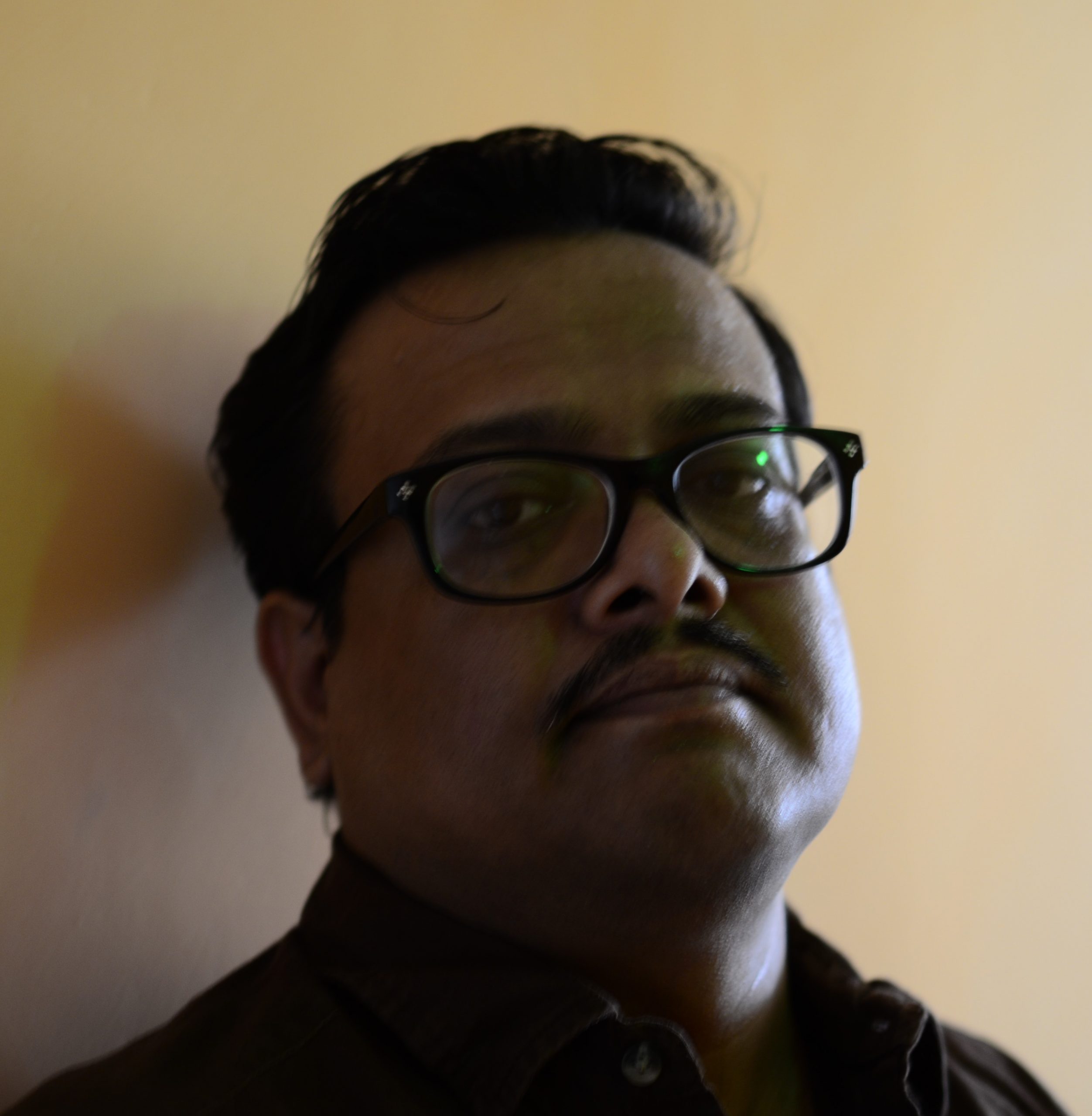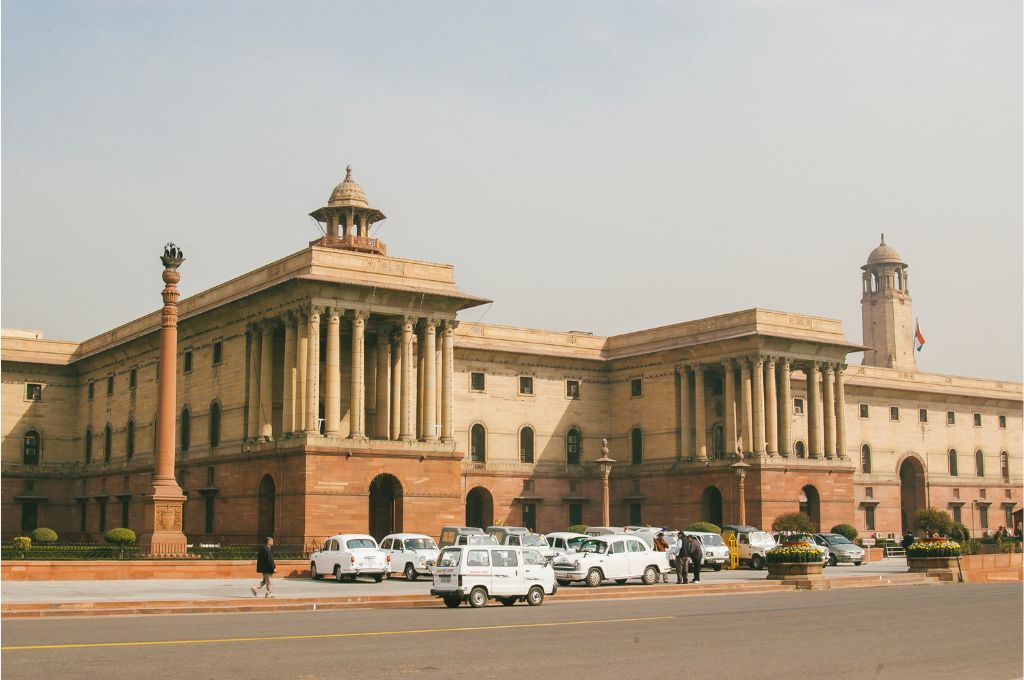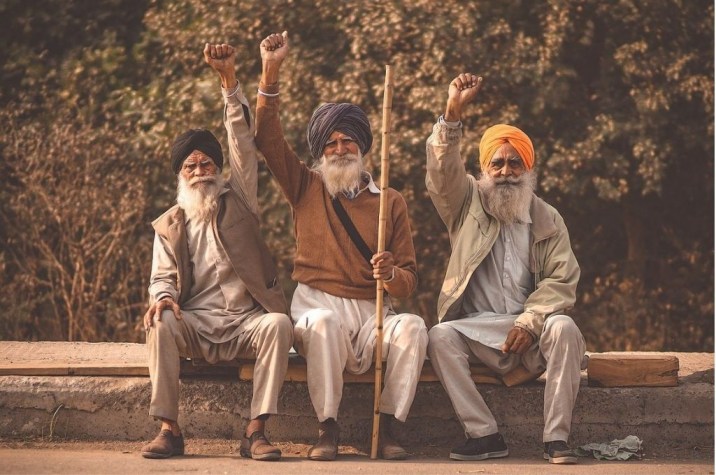Communities require support in order to move out of poverty and lead healthy, fulfilling lives. They need good primary education, basic healthcare and nutrition, access to safe drinking water and sanitation facilities, and a minimum level of income — approximately INR 1 lakh per year. Only when this happens, will communities have the wherewithal to survive on their own steam, and seize the opportunities that the Indian growth story has to offer.
Practitioners and donors have increasingly realised the importance of adopting a multi-intervention or convergence approach. However, given the complexity of each of these individual issues and the interplay of civil society with markets and public systems, there have been few examples of large-scale success.
Based on our experience of the sector and initial work at Transform Rural India we share our understanding of the issues involved and the way forward.

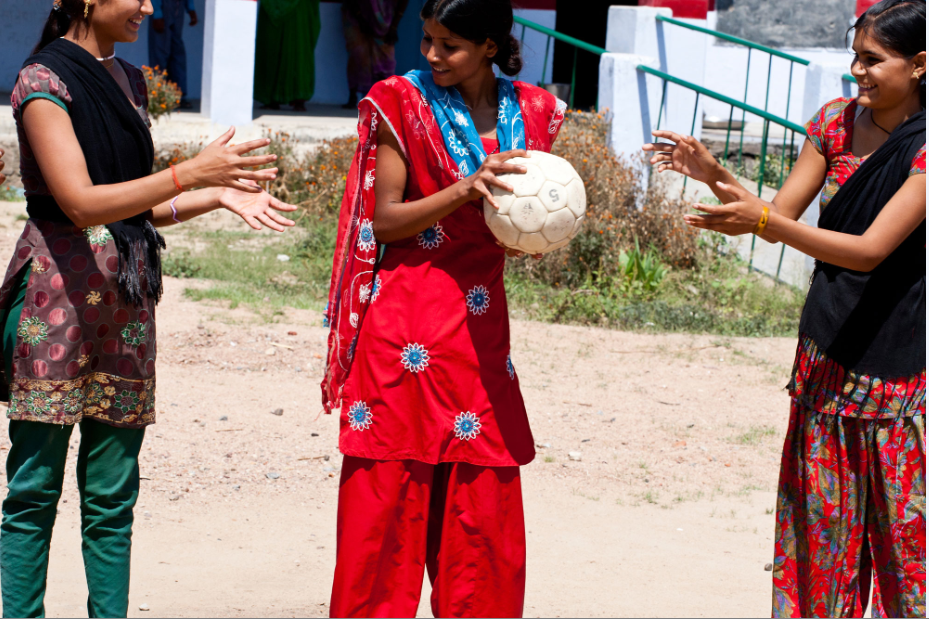
Photo Courtesy: Charlotte Anderson Photography
Why hasn’t it worked?
Resistance to letting go
Organisations, especially in the social sector, are entrepreneurial ventures, defined in large part by their founder; theri ideological moorings, areas of expertise and analysis of the problem shape the organisation’s mission.
Over time, with success, their original hypothesis gets strengthened. And so, the possibility of working with others brings with it the risk of slowing down the momentum achieved thus far. New partners mean new and different diagnoses, unfamiliar business processes and a different world-view.
Dilemma of diluting one’s equity
Organisations build their expertise and reputation on the basis of their focus areas of work. When asked to partner on a multi-approach idea, they fear that the process of ‘dabbling’ in this new idea, might dilute their expertise and carefully built domain knowledge. And if that happens, it could jeopardise funding for their core programme and therefore have implications on the organisation’s future.
No resources of one’s own
Nonprofits have to pitch to funders for resources to run their programmes and organisations. This pitching invariably focusses on what can be achieved by them; not necessarily what all needs to be done to fulfil the communities’ aspirations.
Over time, organisations might realise the limitations of their approach on a community’s overall well-being. But realising it is one thing and expressing it publicly is another.

Moreover, the donor may be reluctant to support this idea. ‘Our donor gives us money only because of the level of specialisation we bring to the solution’.
All about influence — everyone wants to ‘train’ the other
An organisation is usually the social entrepreneur’s dream, passion and sweat. To let go of thier vision, theory and practice and ‘adjust’ to, and adopt another’s model is hard. As a social enterprise, one is willing to come in as a knowledge partner to build capacity of the other. But they are less likely to tweak their approach or ideology during the process.
Different business processes
Each social organisation has its own way of engaging with communities. When nonprofits partner in a particular region (at a village, block or district level), they bring both their respective specialist thematic experience, as well as their internal processes. Typically, these processes are not aligned.
Organisations therefore find it easier to say: why don’t you tell us what you do and we will adapt it to our process. But given the complexity of the problem, it’s near impossible for one organisation to learn the technical skills that the partner has (especially since they have honed them for decades).
For each organisation and its engagement model, the constituents are different. Nonprofit A might say to nonprofit B that your committee that works only with SHGs won’t be effective in the area of open defecation. For this, the entire village needs to be involved. Nonprofit B might disagree. These differences are not just about ideology; there is a deeper logical imperative to their models. Hence how does one find a common ground around approaches that works for all?
Why will it work now?
Changing environment
Organisations that have been working with communities for decades have realised—atleast privately– the limitations of their approach. You might bring the best technical inputs to primary education but if the children are malnourished, they will not engage or learn.
There is a realisation today that to have impact in your area of expertise, you need other inputs as well. And since development problems are complex, you need specialists. Adding those layers on your own is difficult; working with specialist partners, on the other hand, amplifies both the work and the impact.
There is also increased demand from other stakeholders to explore new ways.
A larger canvas
The canvas has to be big enough to accommodate large specialist players. The primary organisation driving this should be able to paint the bigger picture of impact, provide a large enough intervention field (atleast at a block if not district level) and also create space ideologically for many partners to work together.
Early experiments with a two-partner model have been promising and have thrown up learnings
Realising the limitations of uni-thematic-focused approaches, Pradan, (where we used to work) started partnering with organisations in different geographies in 2009. For instance, we worked on the farm-nutrition linkages with PHRN, on gender justice with Jagori, on women’s literacy with Nirantar and water and sanitation with Gram Vikas.
The results came faster, and were deeper and wider. This is because Pradan’s work on building a strong foundation of social mobilisation and civil society action had created the conditions suitable for related development interventions to have faster, deeper impact.
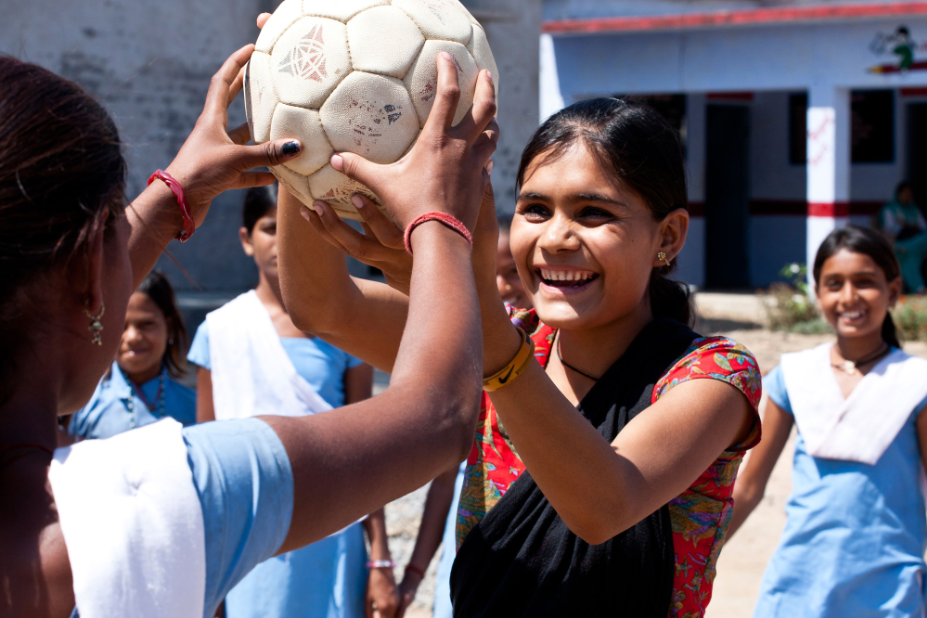
Photo Courtesy: Charlotte Anderson Photography
How to make it work
Focus on ‘communities’ – being a small player on a big canvas is better than the other way around
By enlarging our canvas of action, we might be more willing to admit that the problem we are trying to solve is adaptive, and therefore requires non-linear solutions, with multiple partners having complementary expertise, working together. Further, if we make the community central to our analysis of the problem, the solutions must come from them too. If we consider their initiative, enterprise and leadership core to the theory of change, we can build a model for convergence. With organised communities leading the effort, several specialist organisations can provide facilitative knowledge and build their capacities to drive change at the grassroots.
Think of it as a partnership of equals
Leaders of partner organisations may all subscribe to the big transformative picture, they may be good friends and allies; but the challenge is to translate this bonhomie to the staff on the frontlines. We therefore need to put in protocols and systems that enable the organisations (and not just the leaders) to partner as equals, thereby maximising the chances for success.
Understanding transformation at the grassroot requires adaptive solutions; we need to make space for co-creating, drawing insights and sharing expertise, as well as develop joint working mechanisms to shape the pathways to change.
Ensure institutional buy-in
We need buy-in at multiple levels: the leader, because you are asking them to accommodate someone else’s ideology and approach; the board and the donors because the programme they have funded defines the organisation; and the ground team, because it entails altering their processes and routines.
When different personalities are involved, so are egos that need to be smoothened with time. But one must also solve for it institutionally. An entity like TRI can bring in credibility and expertise and create a structure that allows the organisations (and not just the leaders) to function as true partners.
Build a structure
Given that there are different organisations working with the same community to bring about change across multiple dimensions, it is imperative to have a structure that works for everyone.
At TRI, we have four to five member teams from each of the three or four partner organisations covering nutrition, education and livelihoods. Hence typically there are 15-20 nonprofit staff members organised into these three teams with a very strong engagement interface with each other and the community.
We essentially create working partnerships and relationships between these teams. We also connect the three key components required for sustainable change—samaj, sarkar, bazaar; in other words, supporting what communities can do themselves, what public systems can bring in, and what market systems can provide.
Enable a 360-degree support system
It’s in everyone interest to have each partner organisation succeed. At TRI we have also built mechanisms that make the knowledge of the various partners available to and actionable by their peers. Thematic sector councils develop joint content on thematic engagement and methodologies. This is supported by the necessary government partnerships and market linkages for amplification of the results achieved on the ground.
Constantly measure and review progress
Donors want concrete results. Organisations might get a little bit of money to start but larger funds come only on the basis of evidence. It’s therefore important to measure progress constantly from the beginning. AT TRI, we ensured that Sambodhi Research, came in as an independent third party M&E organisation to track progress. They have conducted the baseline and also plan to do annual dipsticks to see if we are headed in the right direction.
Show results quickly
Given the arduousness of the task at hand and the behaviour change it requires from the partners involved, it is important to show results quickly and keep up the momentum. When the results start coming in, everyone sees the merit in staying.
For us at TRIF, this has been a learning experience and we’ve experimented, adapted and grown along with our partners. We believe that if we have to truly change the lives of children in rural India so that they have the same opportunities as the urban-born, we must actively consider this 360-degree approach to change.

